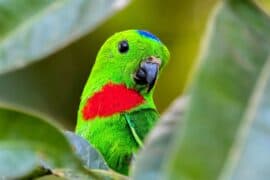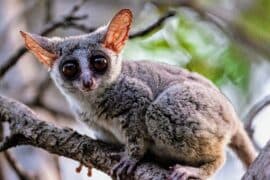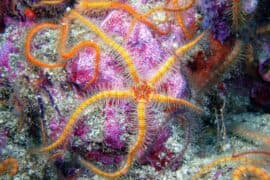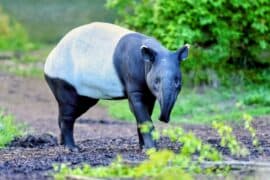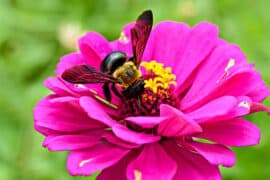Mongolian gerbil
(Meriones unguiculatus)
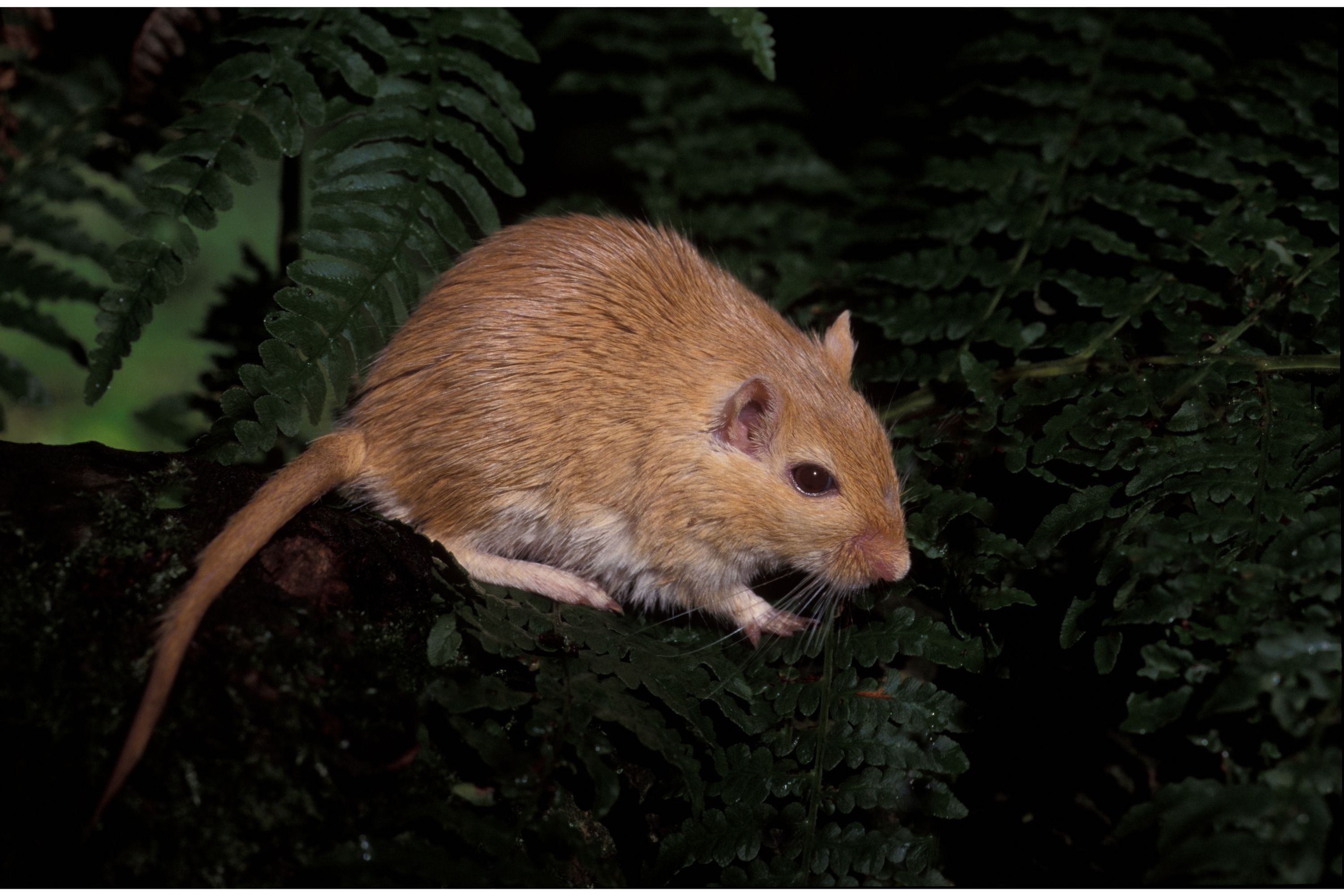
Description
The Mongolian gerbil or Mongolian jird (Meriones unguiculatus) is a small rodent belonging to the subfamily Gerbillinae. Their body size is typically 110-135mm (4½" to 5¼"), with a 95-120mm (3¾" to 4¾") tail, and body weight 60–130g (2 to 4½ oz), with adult males larger than females. The animal is used in science and kept as a small house pet. Their use in science dates back to the latter half of the 19th century, but they only started to be kept as pets in the English-speaking world after 1954, when they were brought to the USSR. However, their use in scientific research has fallen out of favor. Mongolian gerbils inhabit grassland, shrubland and desert, including semidesert and steppes in China, Mongolia, and the Russian Federation. Soil on the steppes is sandy and is covered with grasses, herbs, and shrubs. The steppes have cool, dry winters and hot summers. The temperature can get up to 50 °C (122 °F), but the average temperature for most of the year is around 20 °C (68 °F). In the wild, these gerbils live in patriarchal groups generally consisting of one parental pair, the most recent litter, and a few older pups, sometimes the dominant female's sister(s) also live with them. Only the dominant females will produce pups, and will mostly mate with the dominant male while in estrus (heat), female gerbils are generally more loyal than male gerbils. One group of gerbils generally ranges over 325-1,550 square metres (400-1,900 sq yd). A group lives in a central burrow with 10-20 exits. Some deeper burrows with only one to three exits in their territory may exist. These deeper burrows are used to escape from predators when they are too far from the central burrow. A group's burrows often interconnect with other groups. The first known mention of gerbils came in 1866, by Father Armand David, who sent "yellow rats" to the French National Museum of Natural History in Paris, from northern China. They were named Gerbillus unguiculatus by the scientist Alphonse Milne-Edwards in 1867. There is a popular misconception about the meaning of this scientific name, appearing both in printed works and in websites, due to the genus Meriones sharing the name with Greek warrior Meriones in Homer's Iliad; however, translations like "clawed warrior" are incorrect. The genus was named by Johann Karl Wilhelm Illiger in 1811, deriving from the Greek word μηρος (femur).
Taxonomic tree:

